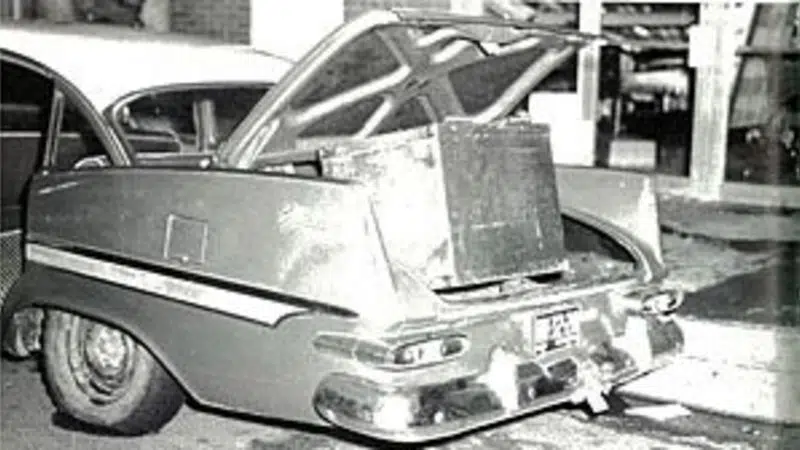
50th anniversary of Aberdeen Street shootout
It was a legendary shootout in the history of Medicine Hat which left a culprit shot dead in the street, a city policeman shot in the face and 11 civilians taken captive, including the chief of police.
Friday marked the 50th anniversary of the shootout on Aberdeen Street with a former hostage and the first responding officer recalling it as a night they would never forget.
Pat Feeney was 18 at the time when he and his friend were driving down the street and were pulled out of the car by gun point just before 2 a.m. on July 26, 1969.

